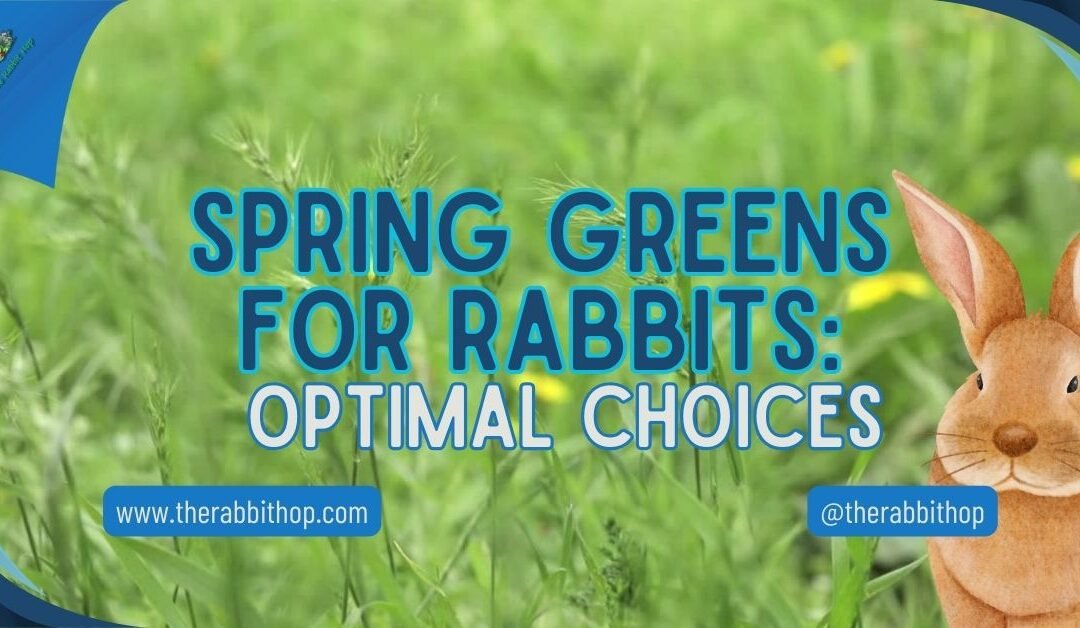As a rabbit owner, I’ve discovered the importance of focusing on spring greens, especially during this vibrant season. In this article, I delve into why spring greens are crucial for your furry friend’s diet, offering insights into their nutritional benefits, safe options, and feeding guidelines. Let’s explore how these leafy delights can make a difference in your pet’s well-being.
Spring Greens for Rabbits: Optimal Choices for Your Pet’s Diet
When looking at the dietary needs of rabbits, incorporating fresh vegetables like spring greens is essential for their well-being.
Spring greens, including various leafy vegetables harvested in their young stage, provide rabbits with vital nutrients and variation in their diet.
These greens are not only high in fiber, which aids in proper digestion, but also offer a range of vitamins and minerals that contribute to the overall health of a rabbit.
While hay should form the cornerstone of a rabbit’s diet, spring greens can serve as a nutritious supplement ensuring a balanced and rich dietary regimen.

However, it’s critical for rabbit owners to understand the correct types and amounts of spring greens to feed their pets.
Overfeeding or providing the wrong kind of greens can lead to health issues, therefore knowing which greens are safe and beneficial is an integral part of responsible rabbit care.
Additionally, awareness of the potential toxicity of certain plants and the seasonal availability of various greens can help prevent any dietary missteps.
Proper preparation and introducing spring greens slowly into a rabbit’s diet allows for a smooth transition and a positive impact on their health.
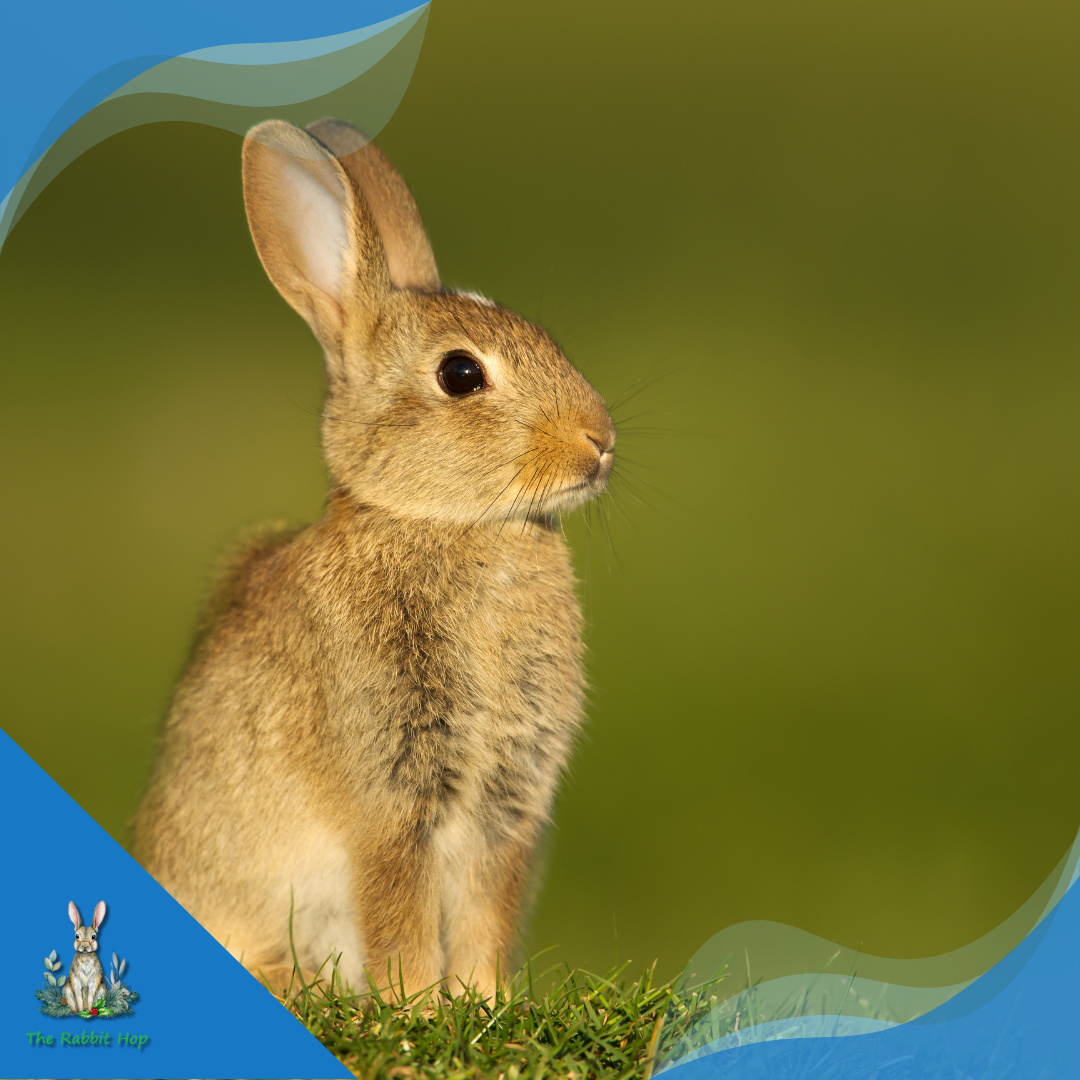
Key Takeaways
- Spring greens are a nutritious addition to a rabbit’s diet.
- Safe greens and proper amounts are vital for rabbit health.
- Knowledge of toxic plants and seasonality is important for feeding rabbits.
Importance of Spring Greens for Rabbits
Spring greens are a valuable addition to a rabbit’s diet, providing various essential nutrients.
These leafy vegetables are a rich source of fiber, which is critical for the digestive health of rabbits.
Fiber helps to prevent issues such as gastrointestinal stasis, a condition that can be life-threatening for rabbits.
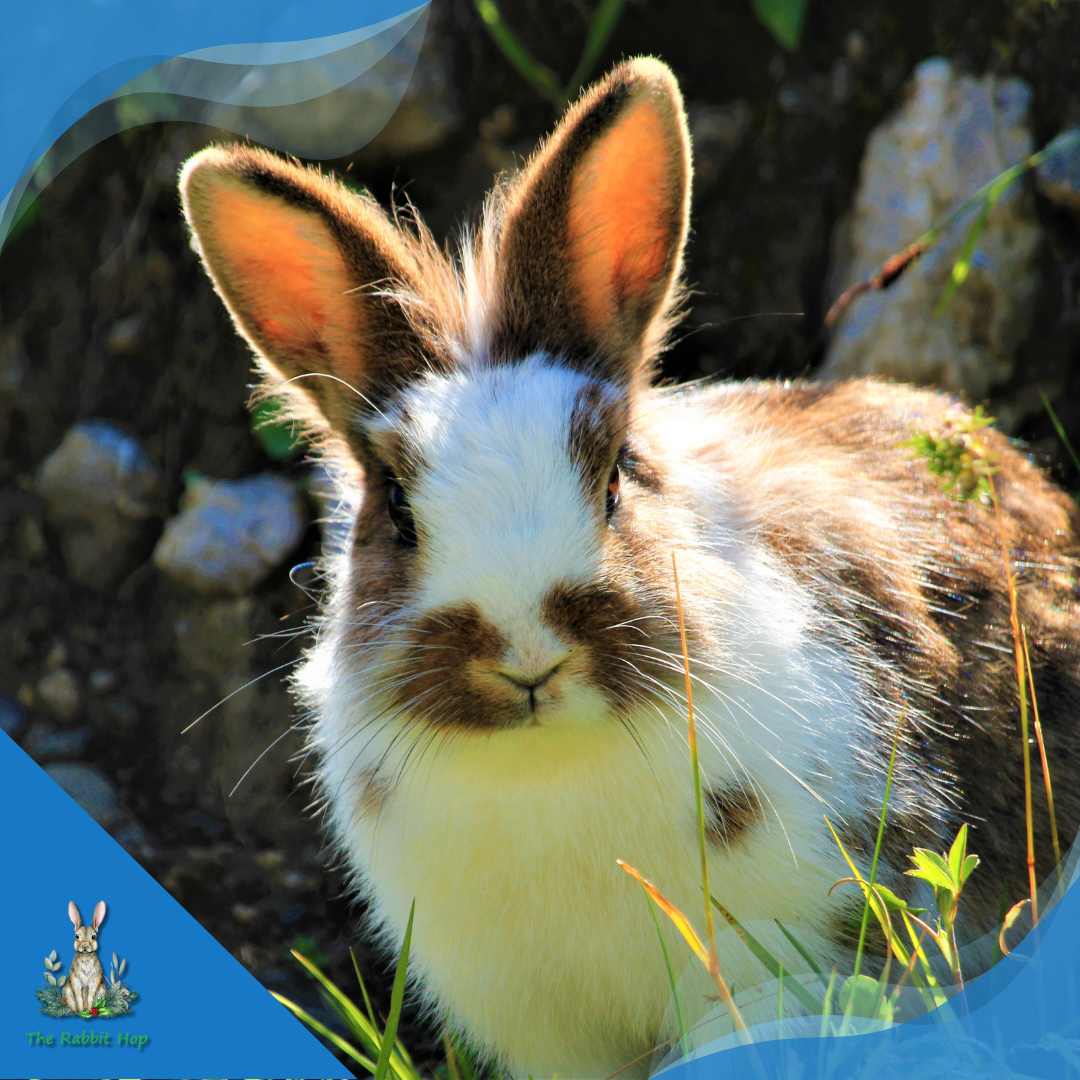
In terms of vitamins and minerals, spring greens offer a substantial amount.
They contain Vitamin K, which is important for blood clotting, and Vitamin C, necessary for the immune system.
Moreover, they are a good source of Folate which aids in cellular growth and metabolism.
For the maintenance of strong bones and healthy muscle function, spring greens provide Calcium, Iron, and Magnesium. However, calcium levels should be monitored, as an excess can contribute to urinary issues in rabbits.
List of benefits found in Spring Greens:
- Fiber: Promotes healthy digestion
- Vitamin K: Essential for blood clotting
- Vitamin C: Supports immune health
- Folate: Aids in cell growth
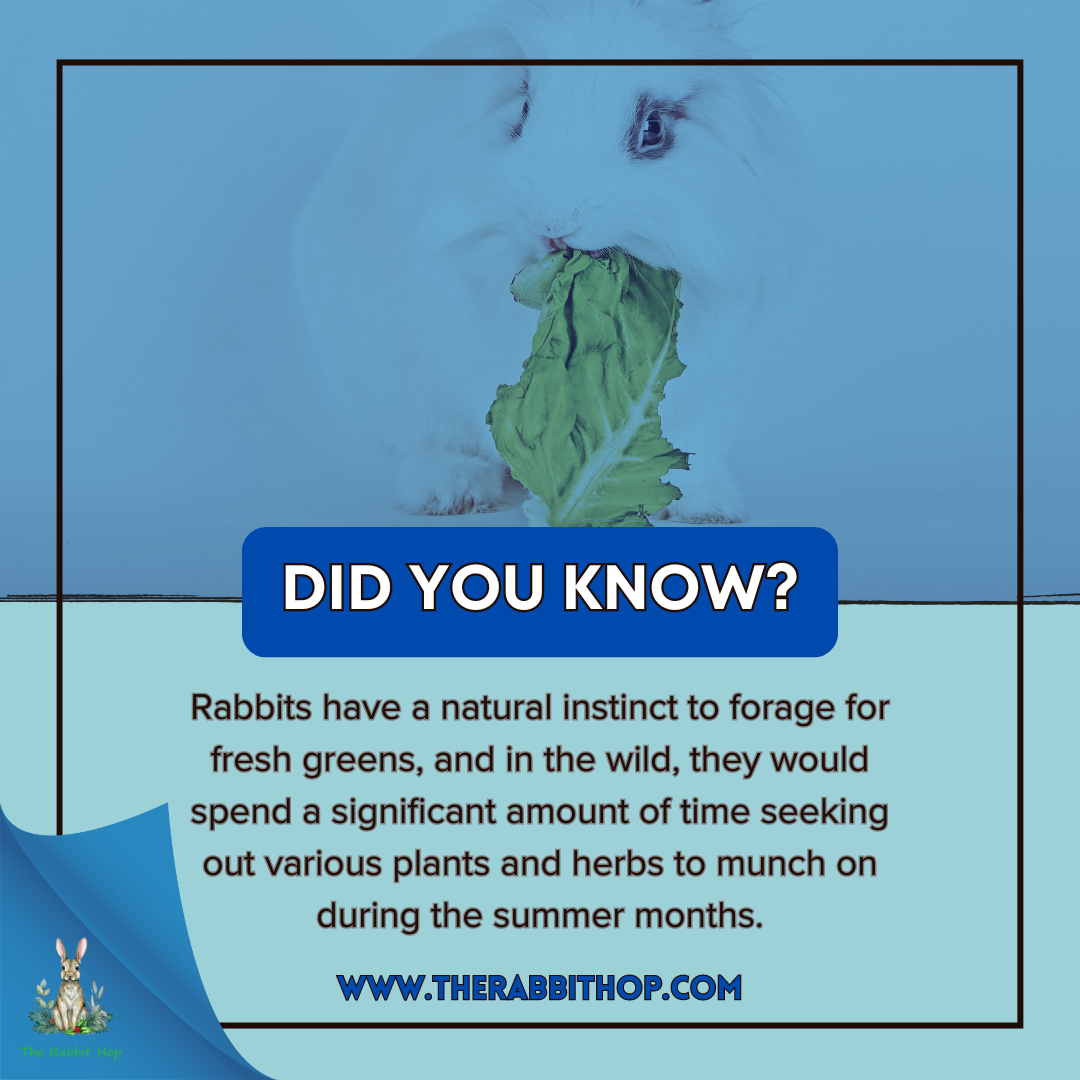
When feeding rabbits spring greens, moderation is key.
They should be introduced slowly into their diet to prevent any digestive upset.
The general consensus is that spring greens and other vegetables should comprise about 8-10% of a rabbit’s diet, the majority being high-quality grass hay, with a smaller portion of pellets.
Careful balance is necessary to maintain optimal health and well-being for rabbits.
Lastly, it is always advisable to wash any greens thoroughly to remove potential pesticides and to cut them into manageable pieces to prevent choking.
Selecting organic varieties when possible can further ensure the safety and healthiness of the greens being offered to a rabbit.
For more information about the nutritional content of spring greens for rabbits and how to prepare them, visit Can Rabbits Eat Spring Greens?.
Types of Spring Greens Safe for Rabbits
When considering spring greens for rabbits, it is important to select varieties that are safe and provide nutritional benefits.
They should be fresh, free of pesticides, and introduced gradually to a rabbit’s diet to prevent digestive issues.
Leafy Greens
Rabbits benefit greatly from a diet that includes a variety of leafy greens. Some safe options are:
- Romaine lettuce: High in fiber and water, but low in calories.
- Spring mix lettuces: A blend that often includes safe varieties like oak leaf and lollo rosa.
It’s vital to avoid iceberg lettuce, as it contains minimal nutritional value and can cause digestive troubles for rabbits.
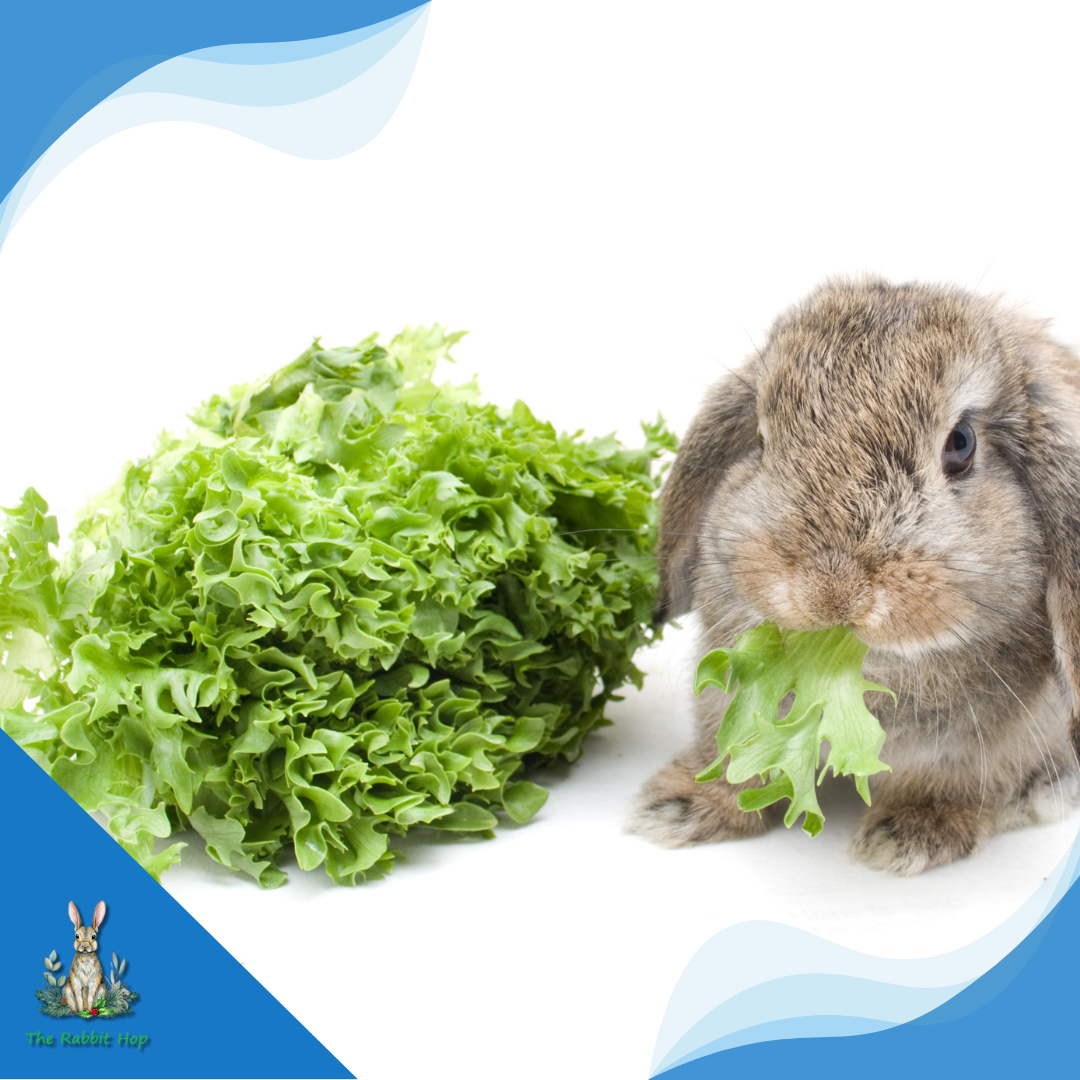
Herbs
Herbs are not only safe but can also be a flavorful addition to a rabbit’s diet. Here are a couple to include:
- Basil: Provides essential nutrients and can enhance food palatability for rabbits.
- Parsley: Rich in Vitamin C and A but should be given in moderation due to high calcium content.
Herbs should always be fresh and washed thoroughly to remove any traces of chemicals or pests.
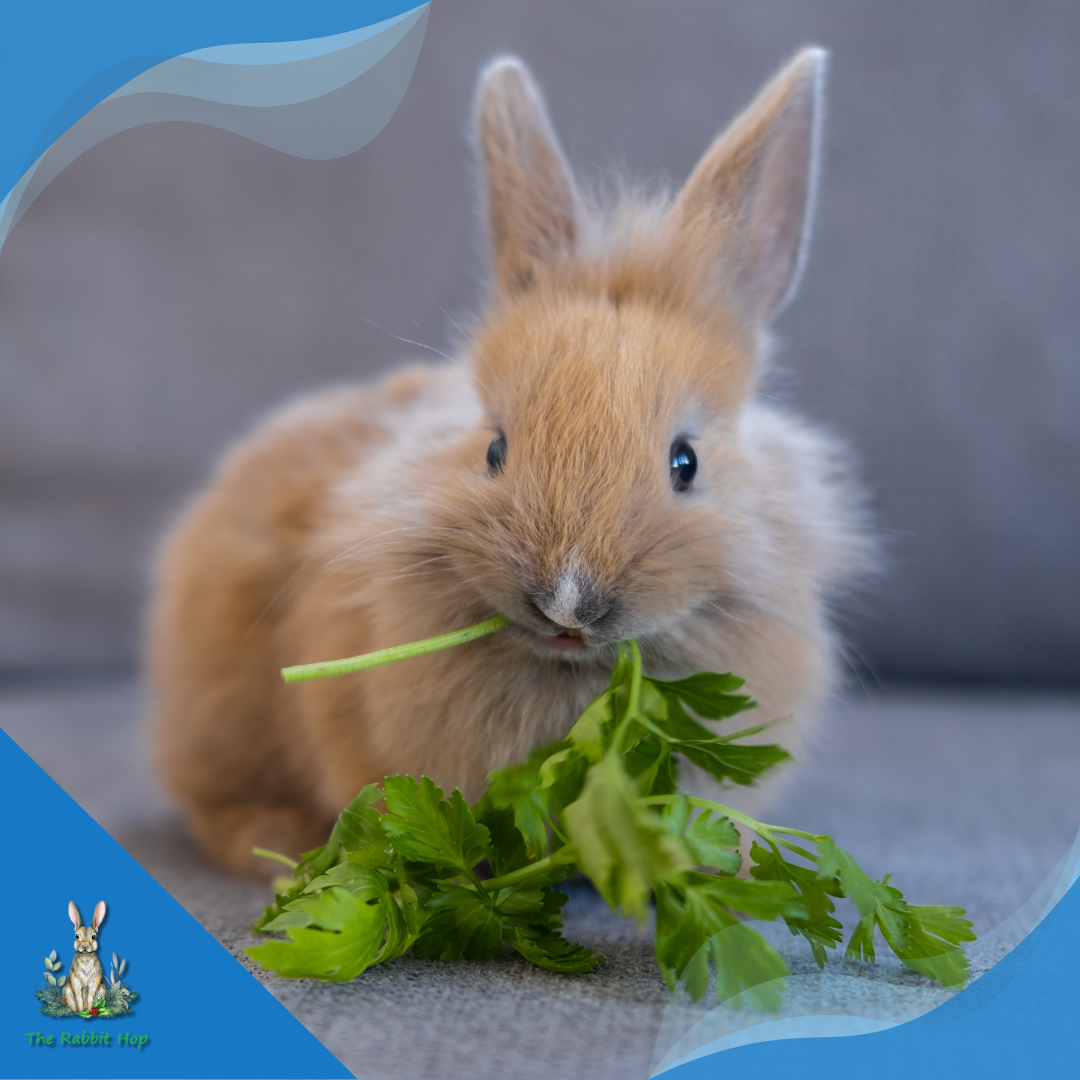
Wild Plants
Certain wild plants are suitable for rabbits, but identification must be accurate to ensure safety. Examples include:
- Dandelion leaves: Packed with vitamins and minerals, and often favored by rabbits.
- Clover: Contains protein, fiber, and is generally well-liked by rabbits.
However, it’s crucial to ensure that wild plants have not been treated with pesticides or herbicides and are not growing in polluted areas.
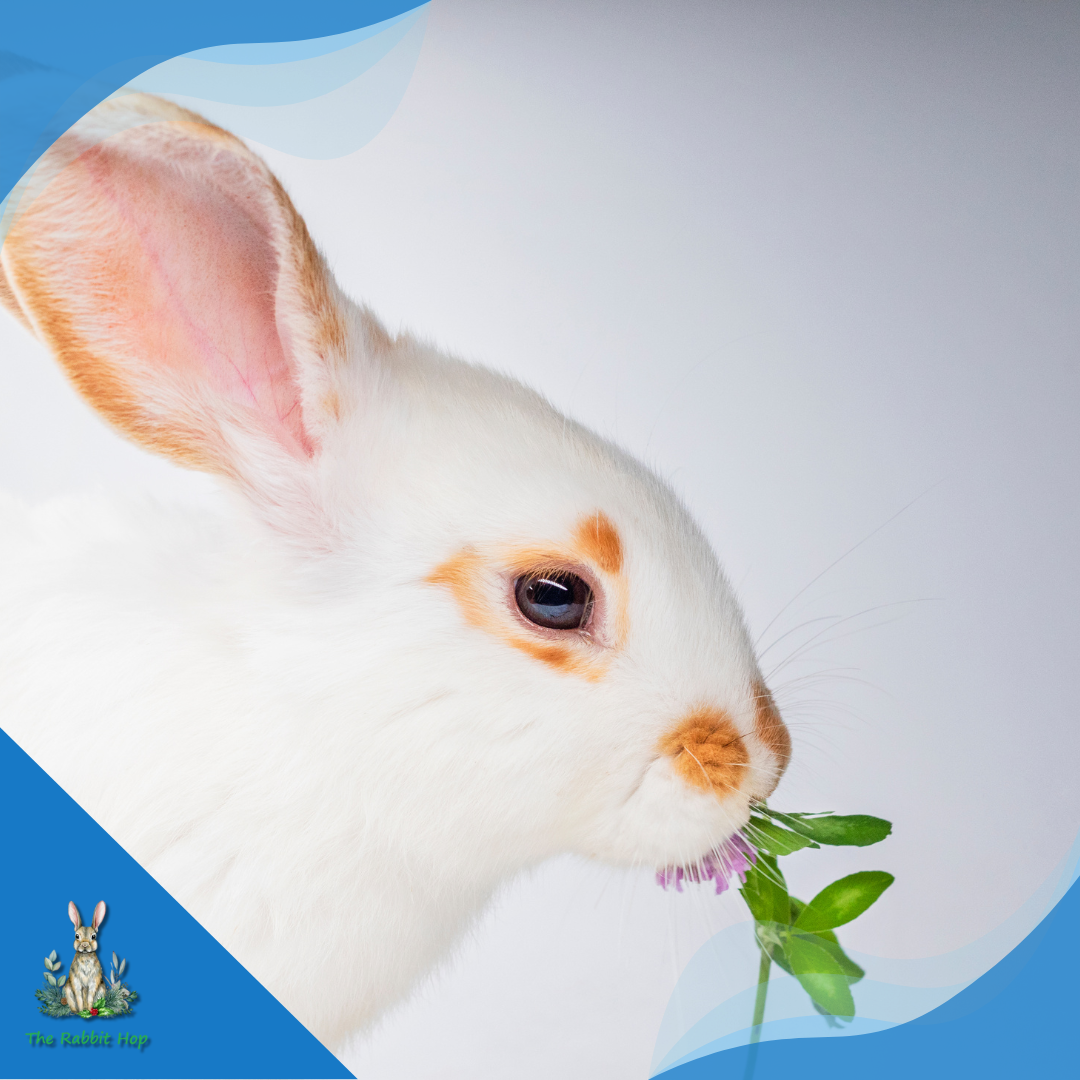
Nutritional Benefits

Spring greens provide an array of essential nutrients that are beneficial for a rabbit’s diet. They contribute vitamins, fiber, and hydration crucial for maintaining the rabbit’s health.
Vitamin Content
Spring greens are an excellent source of vitamins for rabbits.
Specifically, they contain high levels of Vitamin A, which is vital for maintaining good eye health and a strong immune system.
They are also rich in Vitamin K, essential for proper blood clotting and bone health, and Vitamin C, although rabbits can produce Vitamin C themselves, it still contributes to overall wellness.
Another important nutrient present in spring greens is Folate, a B vitamin crucial for DNA synthesis and repair.
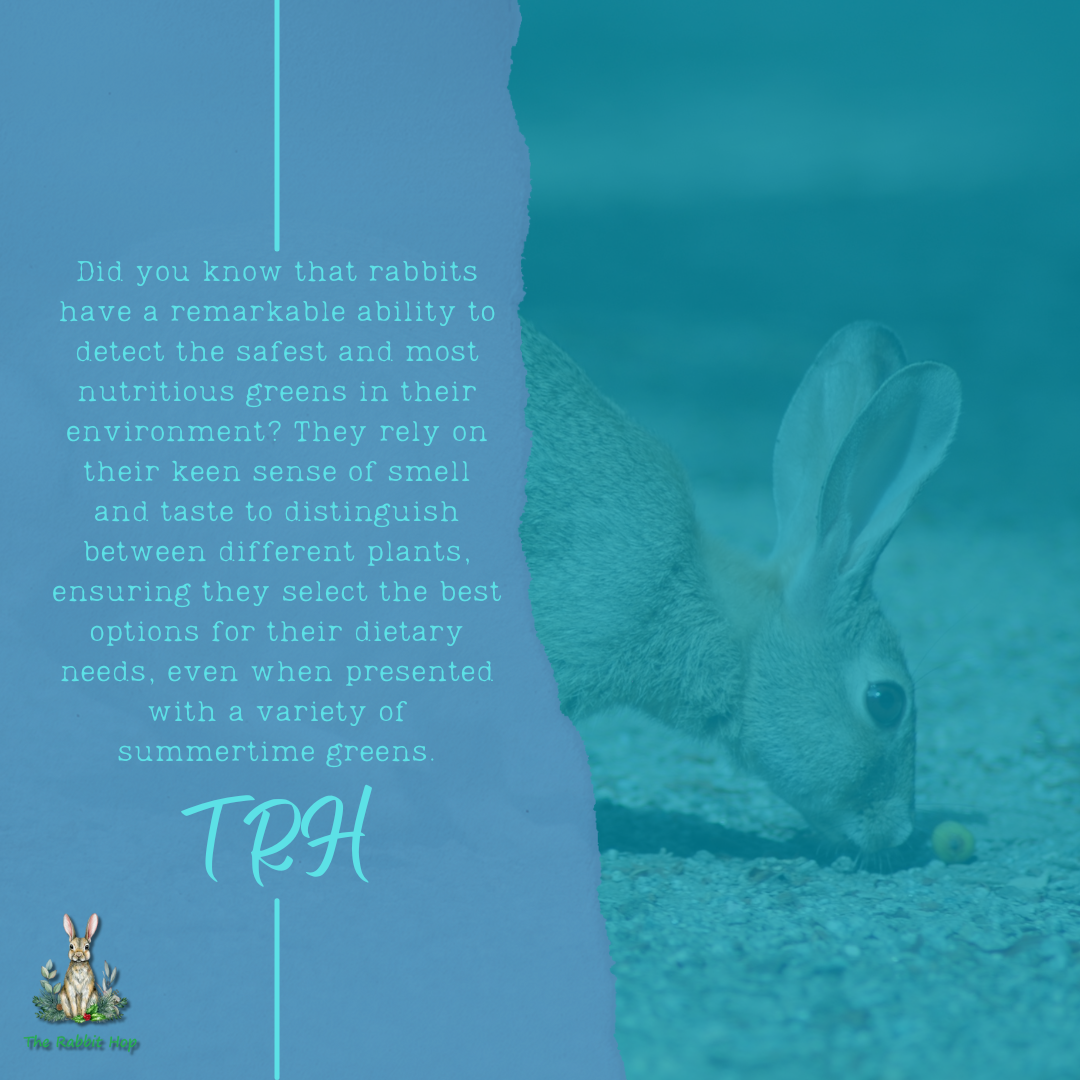
Fiber Content
The high fiber content in spring greens is fundamental for a rabbit’s digestive health.
Fiber helps in the regulation of gut function and is essential for preventing issues such as hairballs and obesity.
It aids in continuous gut movement, which rabbits need to maintain a healthy gastrointestinal tract.
Hydration
In addition to their nutritional value, spring greens have a high water content, providing rabbits with necessary hydration.
Proper hydration is essential for the rabbit’s kidney and bladder function, and it also helps to keep the fur healthy and the skin elastic.
Consuming water-rich vegetables like spring greens can complement a rabbit’s water intake, especially for those that are reluctant to drink ample water on their own.
Feeding Guidelines

When feeding rabbits spring greens, it’s critical to approach both the type and quantity of greens with care to maintain their delicate digestive balance.
Introducing New Greens
When introducing spring greens to a rabbit’s diet, it should be done gradually.
Start with a small amount, and monitor the rabbit’s reaction to the new food over 24 to 48 hours, looking for signs of digestive distress such as diarrhea or reduced appetite.
Portion Sizes
The portion size of spring greens for a rabbit depends on their size and weight.
Generally, rabbits can have about one cup of greens for every two pounds of body weight per day. Exceeding this can lead to health issues.
Frequency of Feeding
Rabbits thrive on a consistent diet, with frequent small feedings preferable to larger, more sporadic ones.
Fresh greens, like spring greens, should be fed to rabbits once or twice a day, making up a portion of their fresh food intake alongside a diet primarily of hay.
Common Mistakes in Feeding Greens
When feeding greens to rabbits, it’s crucial to avoid overfeeding, ensure a varied diet, and pay attention to the rabbit’s individual preferences.
Overfeeding
Rabbits should have a balanced diet where greens are not the dominant component.
Overfeeding them with greens can lead to digestive problems and nutrient imbalances.
For instance, it is recommended that a rabbit receives no more than one cup of greens per two pounds of body weight per day. Excessive greens can lead to diarrhea or obesity.
Non-Variety in Diet
A rabbit’s health depends on a variety of greens to provide a spectrum of nutrients.
Limiting a rabbit to just one type of green can prevent them from getting all the necessary vitamins and minerals.
Nutritionists advise that a rabbit’s diet should be composed of 80% grass hay, with fresh greens being a much smaller component, ensuring a range of nutrients from different sources.
Ignoring Rabbits’ Preferences
Individual rabbits have their own taste preferences and may favor certain greens over others.
Ignoring these preferences can lead to a rabbit eating less overall, which may impact their health.
It’s important to introduce greens one at a time and closely observe what the rabbit prefers, adjusting their diet accordingly to encourage proper eating habits.
Identifying and Avoiding Toxic Plants

When creating a diet for your pet rabbit, it is essential to be aware of toxic plants. Certain plants can be harmful and sometimes even lethal to rabbits.
Owners should be vigilant and educate themselves to distinguish between safe and unsafe vegetation.
Signs of Toxicity in Rabbits:
- Loss of appetite
- Lethargy
- Difficulty breathing
- Seizures
Common Toxic Plants Include:
- Buttercup (Ranunculus spp.)
- Foxglove (Digitalis purpurea)
- Lily of the Valley (Convallaria majalis)
Preventative Steps:
- Research thoroughly on plants toxic to rabbits before allowing your rabbit to graze.
- Inspect outdoor areas for dangerous plants before playtime.
- Ensure houseplants are out of reach and non-toxic.
For comprehensive lists of safe and unsafe plants, rabbit owners can refer to detailed guides such as those provided by FirstVet and the Rabbit Welfare Association & Fund.
Always cross-reference plants and err on the side of caution if there is any uncertainty regarding a plant’s safety.
Seasonal Considerations for Spring Greens
In the context of rabbits’ diets, the seasonal availability of spring greens can affect both their nutritional quality and the methods needed for their selection and storage.
Selecting Fresh Greens
Rabbits benefit from the consumption of fresh spring greens, which are typically high in essential vitamins and nutrients.
When choosing greens during their peak season in spring, one should look for vibrant coloration and crisp texture, as these are indicators of freshness and nutritional value.
It is important to ensure that the greens are not wilted or discolored, which can be a sign of nutrient degradation or spoilage.
Availability and Storage
The abundance of spring greens aligns with the early months of spring, during which time they can be found in high quality and concentrations at local markets or gardens.
To extend their freshness when they are most abundant, storing spring greens in a cool, humid environment within the refrigerator can help maintain their texture and nutrient content.
Greens can be kept in breathable produce bags to regulate moisture while avoiding wilting and spoilage.
It’s crucial to consume these perishables promptly, as prolonged storage can diminish their nutritional benefits for rabbits.
Home Growing Spring Greens
Growing spring greens at home allows a rabbit owner to provide a fresh and healthy supply of treats right from their garden.
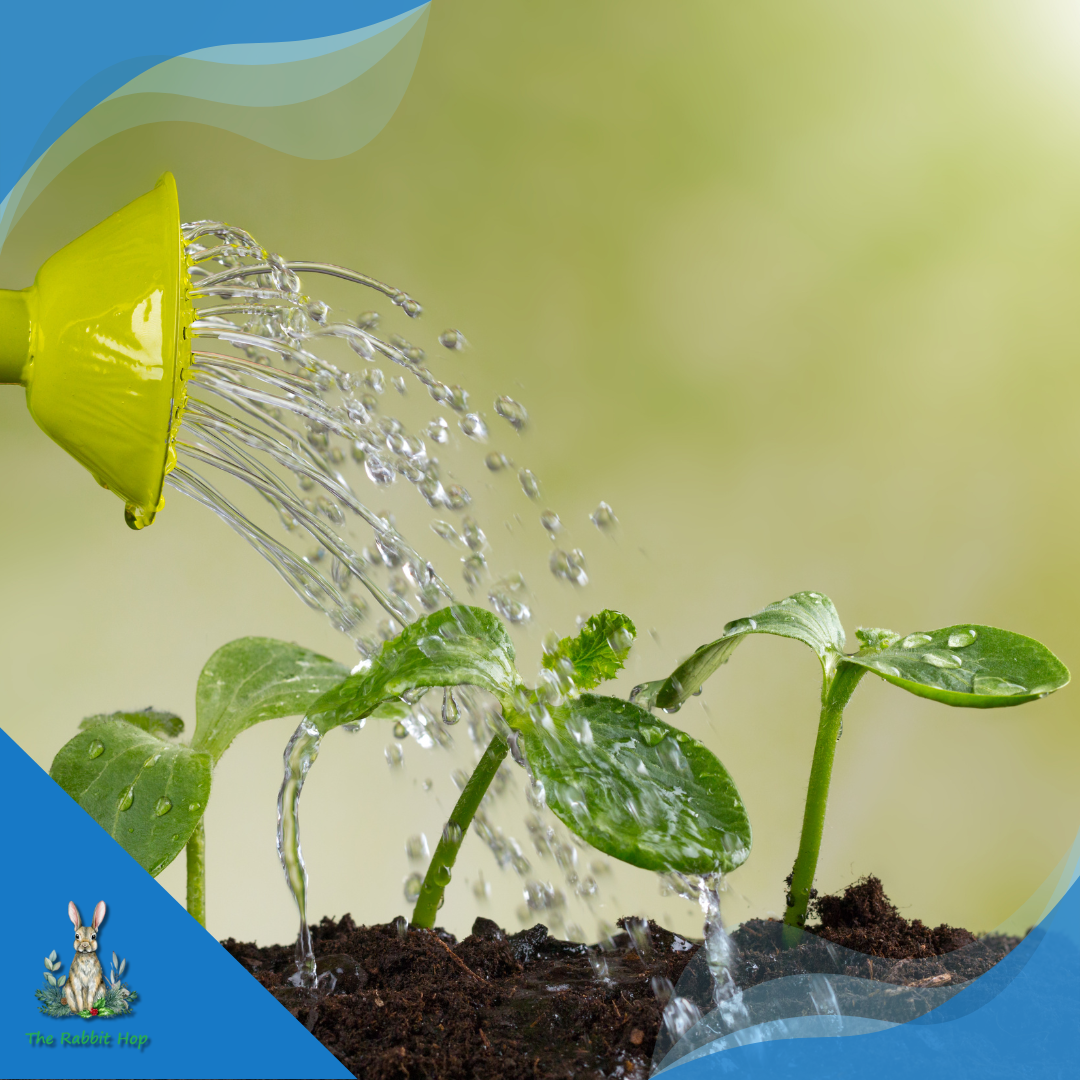
Gardening Tips
Choosing the Right Varieties: One should select leafy greens that are hardy and fast-growing, such as lettuce, kale, and spinach. These greens can tolerate a wide range of soil conditions and can be harvested within a few weeks of planting.
Soil Preparation: Soil rich in organic matter is ideal. Home gardeners should aim for a pH between 6.0 and 7.0. Mixing in compost before planting will help to improve soil fertility and texture.
Planting and Spacing: Seeds can be sown directly into the garden, or started indoors for an earlier crop. They should be spaced according to the instructions on the seed packet to allow for proper growth.
Watering: Keeping the soil consistently moist, but not waterlogged, is crucial. Drip irrigation or a soaker hose will provide even moisture and help prevent diseases associated with overhead watering.
Harvesting: Harvest greens in the early morning when they are most crisp. Cut leaves or gently pull them to avoid damaging the plant, allowing for continued growth.
Safe Treats to Grow
The following list includes some safe and nutritious greens that one can grow at home for their rabbits:
- Lettuce: Rapid growth, avoid iceberg variety due to low nutritional content.
- Kale: High in vitamins, feed in moderation to prevent health issues.
- Spinach: Rich in nutrients, but limit due to high oxalic acid content.
While these greens are healthy, they should only be a part of a rabbit’s diet, which must be primarily hay-based. A rabbit’s diet should also include a small portion of high-fiber pellets and occasional fruits as treats.
Spring Greens for Rabbits: A Nutritious Boost for Your Furry Friend
Spring greens are a fantastic addition to your rabbit’s diet. These leafy veggies are packed with fiber, vitamins, and minerals that keep your furry friend happy and healthy. From promoting digestion to boosting immunity, they offer a plethora of benefits.
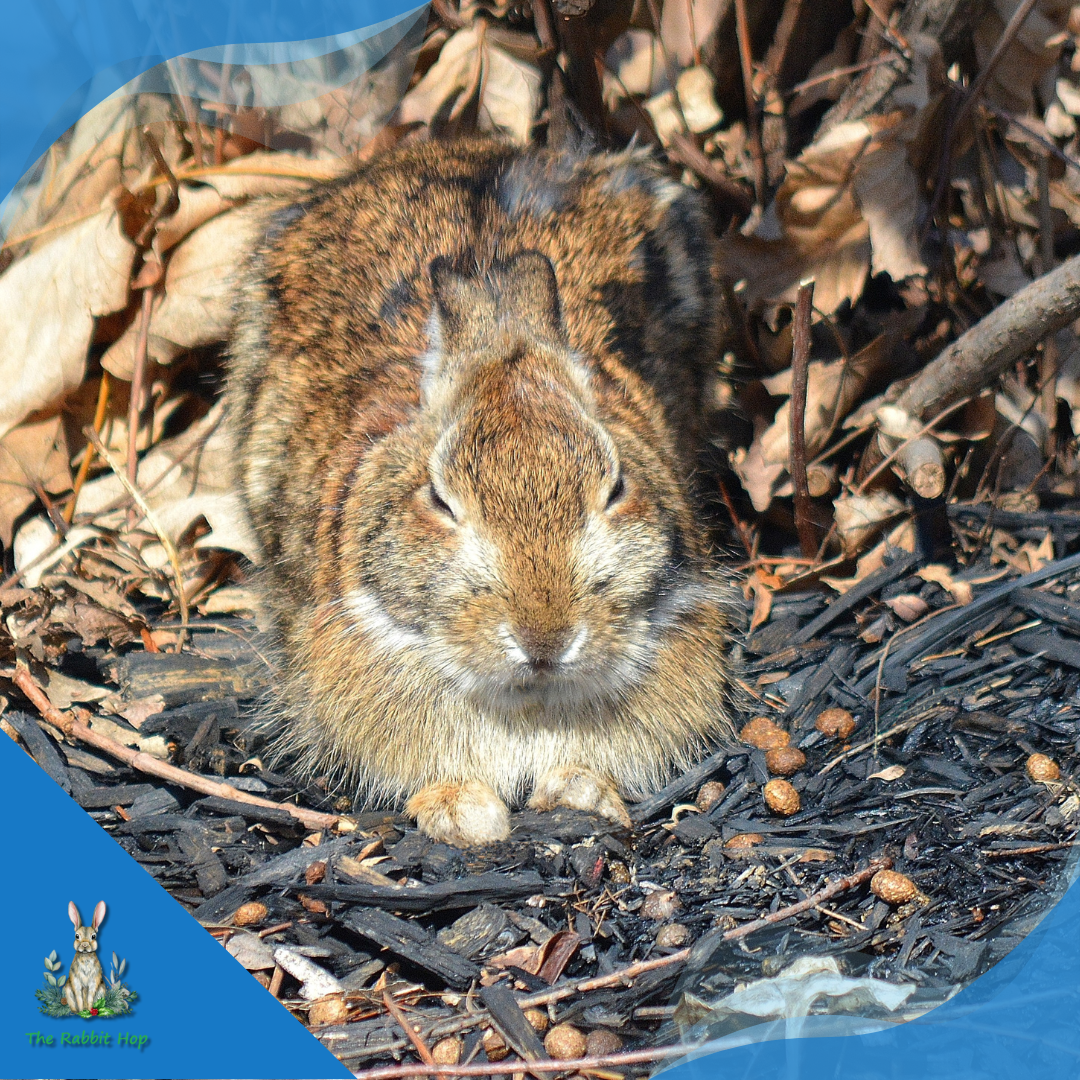
However, it’s crucial to introduce spring greens gradually and in moderation. Too much of a good thing can upset your rabbit’s tummy, so stick to recommended portion sizes. Remember, hay should still be the mainstay of their diet, with greens as a supplement.
Additionally, be mindful of toxic plants. Knowing what’s safe to feed your rabbit can prevent potential health issues. And don’t forget about seasonal considerations – fresher greens mean higher nutritional value for your pet.
By following these guidelines and consulting with your vet, you can ensure your rabbit enjoys a well-rounded diet that supports their overall health and happiness. So go ahead, treat your bunny to some spring greens – they’ll thank you for it!
Frequently Asked Questions

This section addresses common inquiries on the optimal spring greens for a rabbit’s diet, identifying which vegetables are safe for daily consumption, recognizing those to avoid, and providing guidance on specific greens like mustard and spinach.
What are the top spring greens to include in a rabbit's diet?
A rabbit’s diet should include a variety of leafy greens that are rich in vitamins and fiber, such as kale, romaine lettuce, and spring mix. These greens provide essential nutrients and help maintain digestive health.
Which vegetables are safe for rabbits to consume every day?
Vegetables like bell peppers, cucumbers, and carrot tops are safe for daily rabbit consumption. They should be given in moderation as part of a balanced diet alongside adequate hay.
Are there any vegetables that should be avoided in a rabbit's diet?
Rabbits should not eat vegetables that are high in starch or sugar, such as potatoes or corn, as these can disrupt their digestive system.
Is it safe for rabbits to eat mustard greens?
Mustard greens can be quite spicy and may irritate a rabbit’s digestive tract. Therefore, they should only be fed in small quantities and not be a staple in their diet.
How often can rabbits have spinach?
Spinach should be given sparingly to rabbits as it contains high levels of oxalates, which can cause health issues if consumed in large amounts regularly.
Is romaine lettuce a healthy choice for feeding rabbits?
Yes, romaine lettuce is low in oxalates. It is a healthy choice for rabbits when fed as part of a varied diet of leafy greens.
It should be washed thoroughly before offering it to your pet.
Discover More: Your Rabbit Care Connection!
Embark on a journey of rabbit care enlightenment and community bonding! Join us on Facebook, Instagram, Pinterest, Twitter or X, and TikTok to delve into exclusive content, insightful product reviews, and heartwarming community engagements. Nurture your bond with your furry companions and explore a wealth of rabbit care expertise at therabbithop.com.
Let’s journey together towards happier, healthier rabbits!

